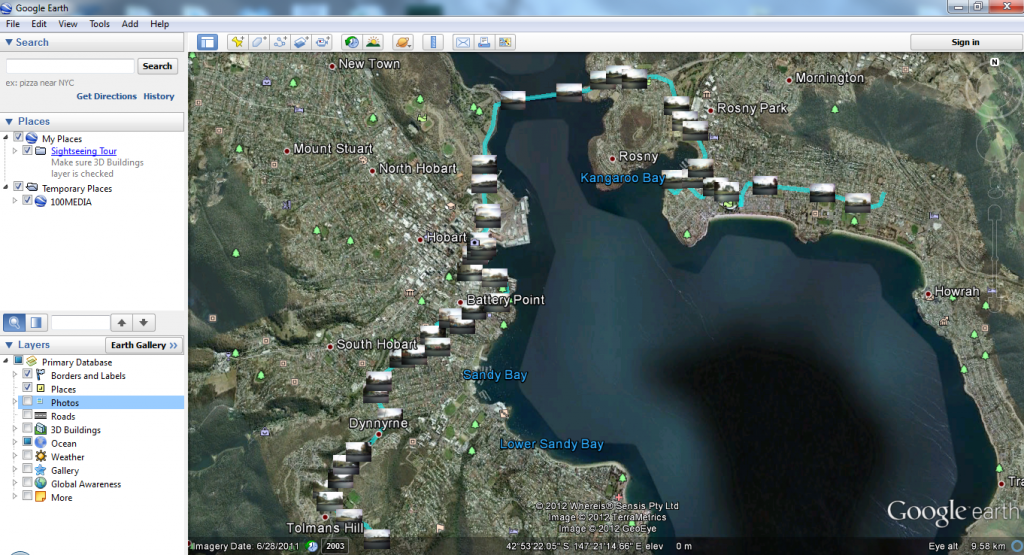
Information is being added all the time, so even if the photo is obscure or seemingly a total mystery, if you keep checking every now and then, the truth may finally be revealed.
#Google photo geotag pro
As we have seen with Landsat imagery, Google Earth Pro can read geolocation information from files when they are used as image. While you may not find the answers today, the web is always in flux. Geotags are typically stored in the image in a format known as EXIF. If however it’s really important, then the most important tip we can give you is to be patient. If it’s just a matter of casual curiosity then it’s hardly worth scouring the internet for an answer. This means that at some point in your hunt you’ll have to think carefully how important it is to solve the puzzle. If you tap View all, a list of places you’ve visited and taken pictures in will be shown. Under the Search bar, you will notice a Places section. It was announced in May 2015 and spun off from Google+, the companys former. If you look towards the top side of the screen. Elementary, My Dear Watson?įinding the origin of a photo and determining where it was taken can be quick and easy or an exercise in extreme frustration. Open GP app Browse to the photos you wish to share, select them (you can add photos to one location at a time) Now click the share icon, which opens a screen. Google Photos is a photo sharing and storage service developed by Google. Basically, as for help among people who are likely to know the answer. Whether Its your travel memories or your Visit to a particular place, with GPS Map camera stamp application, add Datetime, Map, Latitude, Longitude. At the top right, tap your account profile photo or initial and then.
#Google photo geotag android
If you have a photo of an event or, for example, a band, you’ll want to post a question in a fan group. Estimate missing locations On your Android phone or tablet, open Google Photos Photos. For example, if you know that an image was taken in Japan, but not where in Japan it was taken, you may post a question in a group that specialized in Japanese geography or tourism. Unknown to many users, the search function in Google Maps also allows you to search for a place by entering its GPS coordinates. Go to Select the photos that you want to geotag Click the options menu and select Edit Location Type the location and choose the appropriate one from the dropdown Done. Set the marker or enter the latitude and longitude manually 4. Follow the below steps to geotag your google photos. 1 Find the right photos faster Your photos are automatically organized and searchable so you can easily find the photo you’re looking for. You can geotag the photos from google photos web site.


The content of your image and your reasons for wanting the location will determine where you go for help. Securely back-up your photos and videos to Google Photos and enjoy them from any device. When you share your picture to Google+ online, you can click on the picture, click on Photo Details at the right and see a map. While these may not seem critical to you, they are great keyword opportunities to create intricate associations related to searches.Of course, you can’t just shout into the ether and hope someone gets back to you.

It tends to leave other important information out, such as the title and subject of the photo, tags that describe it, comments, and the author. Unfortunately, you can't rely entirely on the camera to fill in all of the data stored within your photos. This only emphasizes the importance of using EXIF data to your advantage when you geotag photos.

Shockingly, there are more data fields in one photo on your listing than there are in your entire listing. Moving over to the Details tab, however, there's more in-depth information such as the camera type, the camera settings that were used when capturing the photo, and additional information about the image in pixels, dots per inch (dpi), bits, and compression. In the General tab, you can see: general information about the photo, such as the name and format of the image, the size of the image, and the location and date it was taken.


 0 kommentar(er)
0 kommentar(er)
